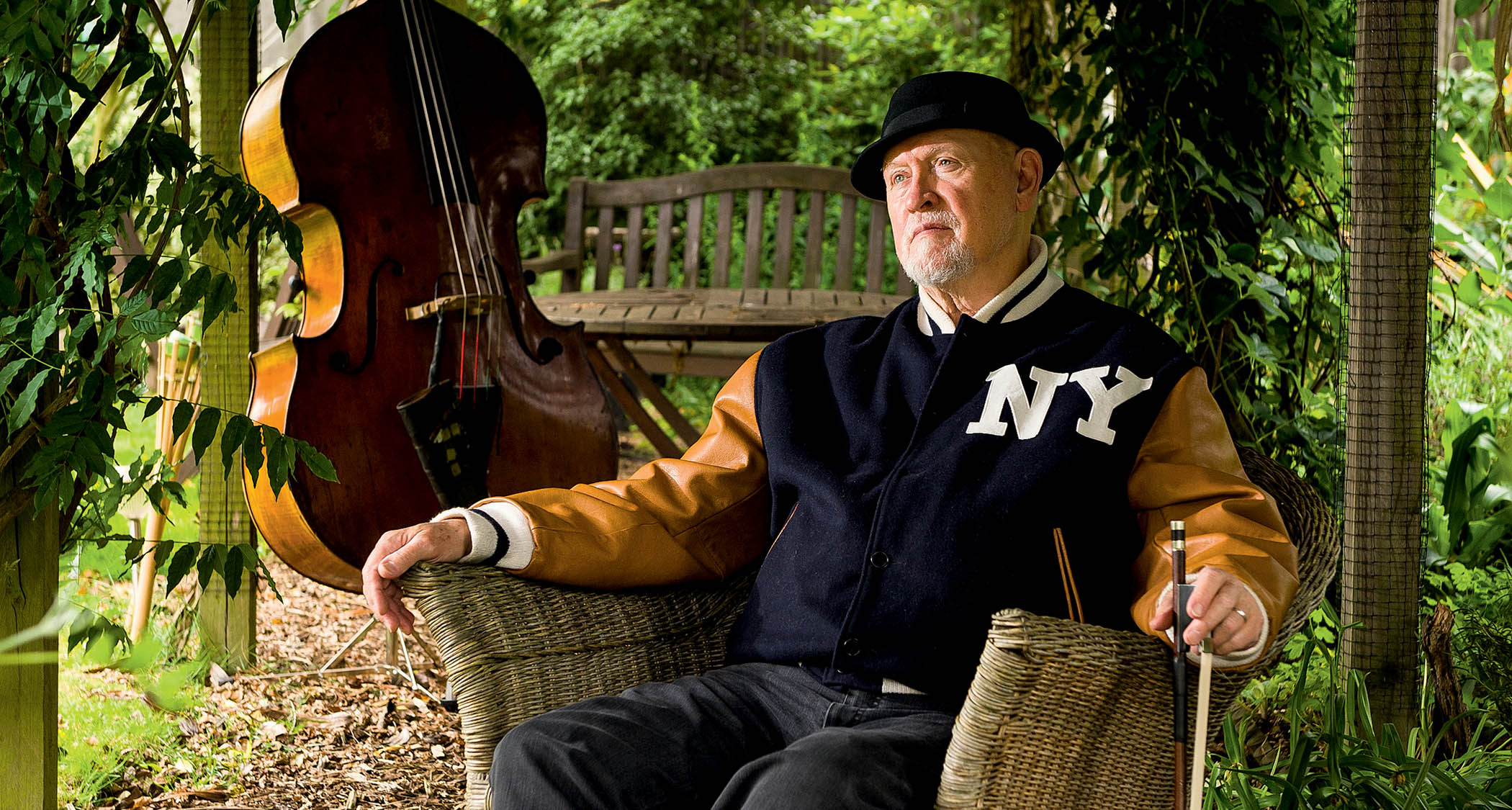5 scorching shred skills you can learn from John Petrucci
Awaken your picking mastery with these prog metal techniques in the style of the virtuoso Dream Theater guitarist

Since Pull Me Under hit the MTV airwaves back in '92, Dream Theater’s John Petrucci has remained one of the most highly respected players; not only in the genre, but also in the wider guitar community.
As a testament to his technical mastery of the instrument, as well as a seemingly endless supply of creative ideas, Dream Theater’s impressive discography is as varied as it is long.
From the prog metal genre-defining Images And Words and the conceptual piece Scenes From A Memory, to the thrashy Train Of Thought and A View From The Top Of The World, which features the Grammy-winning single The Alien. Upon receiving the award, Trooch joked, “This song is in 17/8, so try to tap your foot to it!” – proving that accolades are still possible for those who refuse to compromise their artistic vision.
As well as all this, Petrucci has appeared on three albums with Liquid Tension Experiment, and has two solo records to his name: Suspended Animation and Terminal Velocity. He has also frequently been a member of the G3 tour alongside Joe Satriani and Steve Vai, which must surely earn him Guitar God status.
Petrucci’s sound is a combination of his signature Boogie JP2C, which is based on the classic 2C+ tone, and his Ernie Ball Music Man signature range, said to be one of the most successful signature guitars of all time.
Trooch is well known for his incredibly accurate and fast alternate picking, which is from the school of Al Di Meola and Steve Morse, with a good dollop of Metallica attitude thrown in for good measure.
Our first example leans into that metal spirit with a relentless 16th-note alternate-picked workout that’s sure to warm up your hands. This riff is based in the Diminished Octatonic scale that John has used in tracks like The Dark Eternal Night.
All the latest guitar news, interviews, lessons, reviews, deals and more, direct to your inbox!
The symmetrical nature of the scale makes riff creation a pleasurably inspiring experience, so it’s definitely one to have under the fingers.
Example 2 is a more typical ‘groupings of six’ shred guitar affair, but one that crops up in tracks like Metropolis Part 1 or the incredible outro to This Dying Soul. This particular lick is played in B Minor, but you should learn the pattern in as many keys and modes as possible.
Example 3 focuses on string skipping, developing better accuracy in hopping from string to string. This skill is expanded upon with example 4, which tackles alternate picked arpeggios.
Tracks like the The Glass Prison undoubtedly take a cue from one of Petrucci’s biggest influences, Steve Morse and the infamous arpeggios in Tumeni Notes. It’s incredibly tricky, so build up speed slowly and focus on accuracy, as it will improve your picking from string to string.
Our final example is inspired by Dream Theater’s guitar and keyboard unisons. These sections are often non-guitaristic, which of course makes them a great thing to practice. Try using unusual interval jumps and less common shapes in order to expand your own creativity on the guitar.
Get the tone
Amp settings: Gain 7, Bass 6, Middle 7, Treble 7, Reverb 3
JP’s tone comes from his Mesa/Boogie guitar amps and humbucker-equipped Music Man guitars. He’s also a fan of Fractal’s Axe-FX amp modellers.
Go for a muscular sound; set your amp to ‘just breaking up’ then add a distortion pedal and possibly a second drive unit. Petrucci loves his delay, so add enough for extra dimension, but not enough to lose tightness in the sound.
Example 1
This riff is based in E Half-Whole scale (1-b2-b3-3-b5-5-6-b7) which has a symmetrical, repeating semitone/tone pattern, which makes it relatively easy to visualize across the fretboard.
Use all four fingers to access the notes in each section of the fretboard and use palm-muted, strict alternate picking to maintain the momentum of the riff.
Example 2
This six-note ascending pattern is diatonic to B Aeolian mode (1-2-b3-4-5-b6-b7). Begin each group of sextuplets with your first finger by position shifting, and use your remaining three fingers to complete the shapes throughout. As you alternate pick, use the very tip of your pick to strike the strings to avoid becoming snagged.
Example 3
This E Mixolydian (1-2-3-4-5-6 -b7) lick uses septuplets and string skipping to traverse the scale shape.
Pick seven notes per string with alternate picking by first beginning and ending with a down stroke, then as you change strings, begin and end with an upstroke. Repeat this picking pattern while hopping from string to string.
Example 4
Play these arpeggios with alternate picking, rather than the more common sweep picking technique. Start by repeating the initial six-note triad arpeggio until the picking pattern becomes ingrained into muscle memory, then work on playing through the remaining arpeggios using the same picking approach.
Example 5
This section is in the style of Petrucci and Jordan Rudess’s melodic unison melodies, using wide interval jumps and a combination of 16th-note and sextuplet phrasing. Pay extra attention to muting the unused strings with your fretting fingers in order to prevent unwanted open-string noise.

Charlie Griffiths plays guitar in acclaimed prog-metal outfit Haken, and has a wealth of experience handling corporate and session gigs for genres as diverse as rock, heavy metal and pop. He has been a regular contributor to Total Guitar, Guitar Techniques and Guitar World for over fifteen years. His latest release is Tiktaalika - Gods of Pangaea which features stunning playing on, this time, 6-string guitars.
